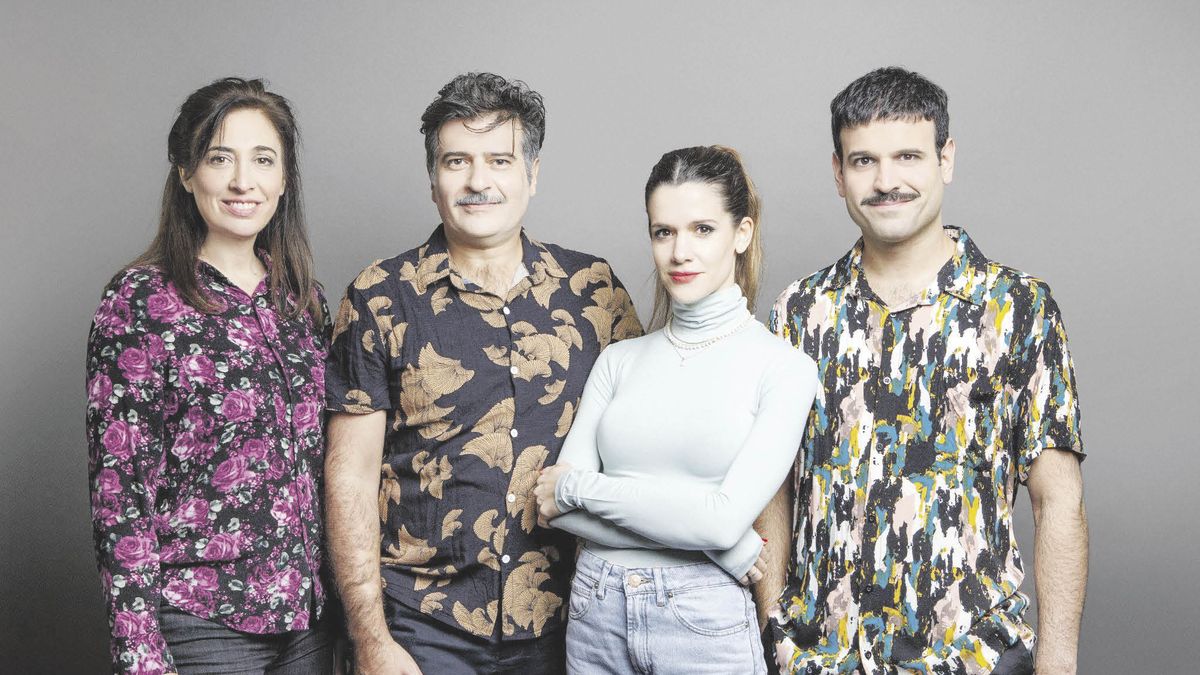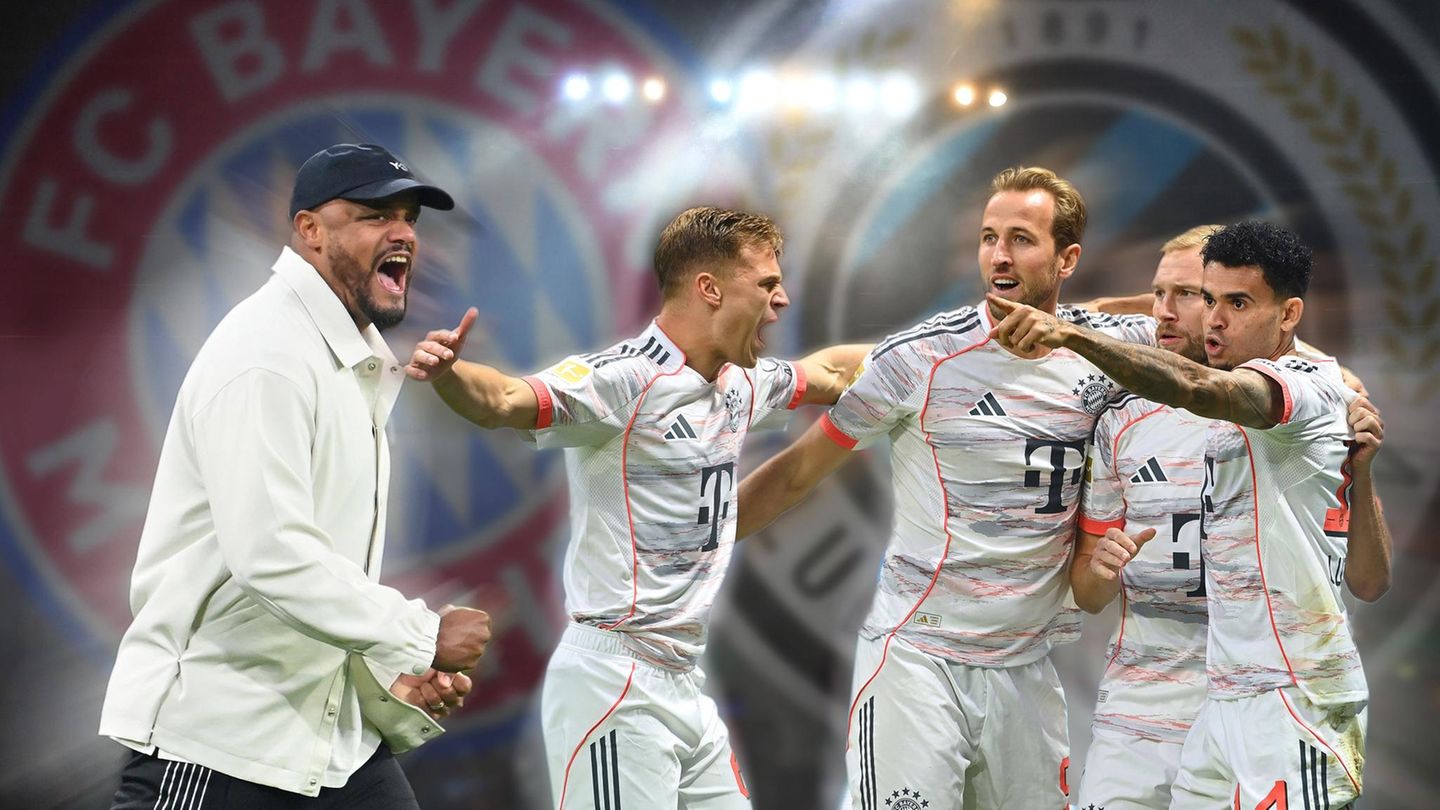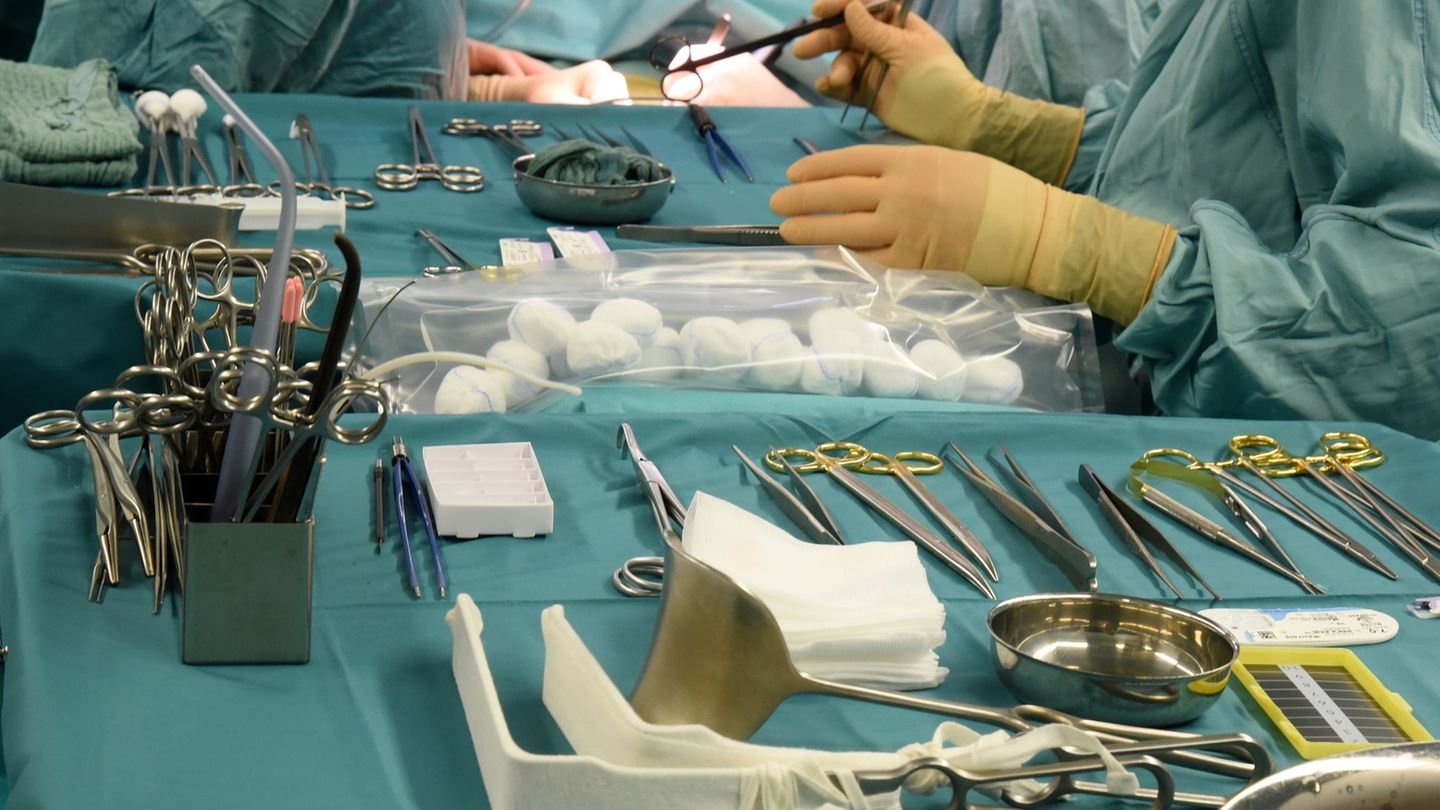Journalist: How did you work from the Bosch painting?
Raphael Spregelburd: When this order arrived from the theater in Bregenz, I had already worked with his painting on several occasions. In fact, the seven pieces on the deadly sins that make up my heptalogy and that are inspired by the Deadly Sins have constructive principles based on plastic and conceptual issues from my analysis of Bosch. Just as the request occurred, the Vatican reported something hilarious: that hell no longer existed, or at least that it was not a real place to torment sinners, but a metaphor. A way of saying. This idea seemed fabulous to me, so I decided to enter this labyrinth through there.
Q.: How does the plot talk about that infernal thing?
RS: In my plot there is a chronicler who wakes up drunk after an alleged trip to Santiago de Chile and is dragged out of bed by two catechists who offer to teach him the keys that will get him out of hell: the seven virtues. The work tells, in seven scenes as concentric circles, the descent into a labyrinth armed as Chinese boxes. Little by little it becomes clear that virtues are, like hell, tricky words and that it will not be easy to exercise them. The protagonist must help a writer accused of plagiarism and thus the work unfolds more and more adventures, because the characters in the novel do not know that they are being written and manipulated. That story is that of a math teacher, kidnapped and tortured by the dictatorship, who randomly hands out the names of people he barely knows. He did not want to be satisfied with an abstract hell; It seemed to me that if some Austrians asked an Argentine where the nearest hell is, there would be no reason not to say: it is in the ESMA. So the play takes the form of a nightmare, a comedy, a labyrinth of horror vacui, and a treatise on linguistics, all at the same time.
Q.: How did this work serve you to return to talk about issues that obsess you?
RS: The design of chaos prevailed due to its narrative nature: telling a story within another, which in turn contains another one, loses the edges of reality. The viewer is immersed in that loss of meaning that is very similar to what happens in nightmares. We know that actions have consequences, but they behave in strange ways. Non-linearity and the attack on the principle of cause-effect (pure catastrophe) are two themes that are always present in my works. I also return to the copy of the copy, something very theatrical to think about the world from a playful and quite unexpected perspective.
Q.: How was the text resignified in the creative process with the team?
RS: I didn’t know how I would stage this work that I sent to Austria and I don’t know what they did with it. After five years I decided to start thinking and the first decisions came from the contribution of my set designer and lighting designer, Santiago Badillo, who proposed that the play be told by appealing to the horror vacui, the aversion to empty space. The scenery is a paraphernalia of superimposed furniture, things, textures and materials where, as in Bosch’s paintings, it is difficult to know where to look. Then we add the live musician, Nicolás Varchausky, who worked with electroacoustics in a very performative way: he makes music with electricity, interference, feedback, transistors and other oddities. Lara Sol Gaudini’s wardrobe is also a paraphernalia of costumes, necessary to crossdress the four actors into almost twenty characters; she was inspired by Bosch but also had to solve the costume changes on stage, sometimes in full view of the public. The spirit of Marcos López also floats like a smog: photography is very important in the argument of the piece, since there is talk of some photos that will serve as evidence to gestate a small crime, and I was interested that Marcos paints on the photos already taken out
Q.: It is your first work in the commercial circuit, how do you frame it in the Astros?
RS: Claudio Gelemur and Andrea Stivel, with their production company Blueteam, reopened a mythical theater and gave it a profile that was lacking: quality national works that are not simply copies of commercial theaters in other capitals. I have seen my works in large “commercial” theaters in France, Spain, Belgium or Italy, and it always seemed strange to me that in Buenos Aires, where what we could call my audience lives, these spaces did not exist.
Q.: What can you say about the three circuits?
RF: This is a very large work to enter the beloved but small rooms of the independent circuit, which I am used to. As for the official circuit, I never fully understand it. It is very eclectic and seeks to distribute an increasingly smaller portion among all. It is usual that after achieving a premiere in a public room, you have to wait five years until they accept another project. When we premiered “La stubbornness” at the Cervantes, we showed that a complex work could admit 700 spectators per performance without any problem and that the notion of what is more commercial or what is more artistic is a prejudice. The same with works by colleagues that I admire, such as “La traduccion” by Matías Feldman, Piel de Lava with “Petróleo” on Corrientes street or “Pundonor” by Andrea Garrote, who did not change a comma to be in the Metroplitan.
Source: Ambito
David William is a talented author who has made a name for himself in the world of writing. He is a professional author who writes on a wide range of topics, from general interest to opinion news. David is currently working as a writer at 24 hours worlds where he brings his unique perspective and in-depth research to his articles, making them both informative and engaging.




